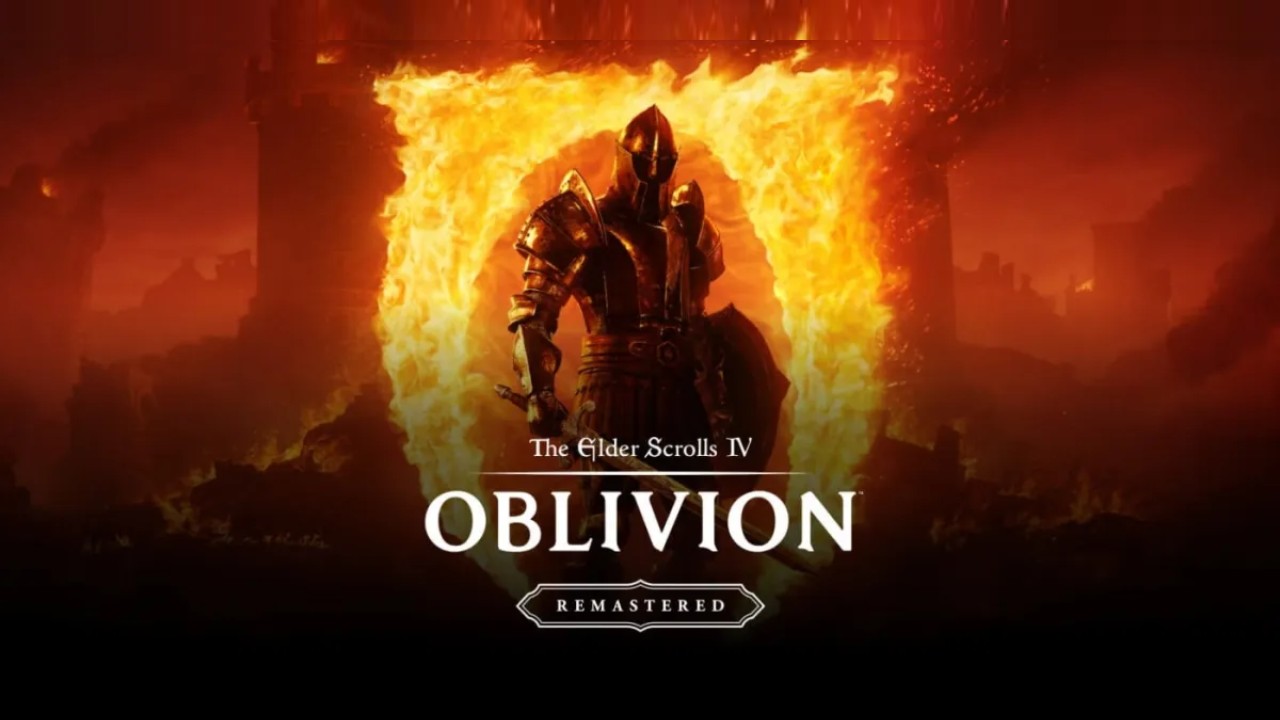The Elder Scrolls IV: Oblivion Remake: Gameplay Experience
The Elder Scrolls IV: Oblivion Remake delivers what many longtime fans were hoping for: the same beloved game, now revitalized with modern visuals thanks to Unreal Engine 5. But beyond the graphical overhaul, what truly stands out is how the gameplay experience remains a faithful recreation of what made the original iconic. In every meaningful way, the remake is a love letter to the fans and a testament to the timeless design of the 2006 classic.
A Familiar Feeling from the First Swing
From the moment players step out of the Imperial Sewers and into the vast expanse of Cyrodiil, it becomes clear that the gameplay remains largely untouched. Movement, combat, and exploration all feel like they’ve been carefully preserved. Even the UI, though modernized in some respects, carries the essence of the original.
This faithfulness results in a gameplay experience that instantly feels familiar—like slipping back into a favorite old coat; a surge of nostalgia. One of the most powerful elements of this remake is the wave of nostalgia it brings. Longtime fans will find themselves smiling at the first sight of the sun rising over the White-Gold Tower or hearing the familiar notes of the ambient soundtrack. The sense of wonder that defined the original is still very much intact, now heightened by modern lighting and environmental effects that make Cyrodiil feel alive in new ways.
Perhaps nothing captures the spirit of the original more than the dread of encountering an Oblivion portal. As in the original, these fiery gateways remain intimidating. The same anxiety that once gripped players as kids—hesitating before stepping into the unknown—is preserved. The redesign of these hellish realms keeps them visually terrifying, while the challenge inside remains as grueling as ever, reinforcing their role as a true test of courage and preparation.
Old Exploits, Same Opportunities. Optimizing Still Pays Off
Interestingly, many of the quirks and exploits from the original still exist. From infinite item duplication glitches to sneaky skill boosts, the developers seem to have intentionally retained some of these elements. Whether out of respect for the original's legacy or a desire to preserve the freedom it offered, these exploits now serve more as nostalgic features than oversights.
The remake also retains the deep, rewarding systems that allow for heavy optimization. Players can still build near-invincible stealth assassins or alchemy-fueled demigods. That level of customization and theorycrafting was a defining trait of the original, and it remains just as satisfying here. The joy of min-maxing your character and bending the game’s systems to your will is just as potent in 2025 as it was nearly two decades ago.
Core Mechanics Left Untouched
Despite the fresh coat of paint, the remake leaves the core mechanics unaltered. Level scaling, faction progression, spellcrafting, and lockpicking are all presented with the same structure and feel. There’s no attempt to modernize the systems at the expense of the game’s soul—a decision that will surely please purists who were concerned the remake might stray too far from its roots.
Ultimately, what lies beneath the striking visuals and updated animations is still very much The Elder Scrolls IV: Oblivion. Powered by Unreal Engine 5, the game boasts dynamic lighting, improved textures, and lifelike environments—but the heart of the game remains untouched. It’s not a reinvention; it’s a resurrection, crafted with care and an unwavering respect for the original experience.
Conclusion
The Elder Scrolls IV: Oblivion Remake is not about innovation—it’s about preservation. It captures the essence of what made the original special and delivers it to a new generation with visual fidelity that finally matches its ambition. For fans old and new, stepping back into Cyrodiil is a reminder of how powerful good game design can be when it stands the test of time.

